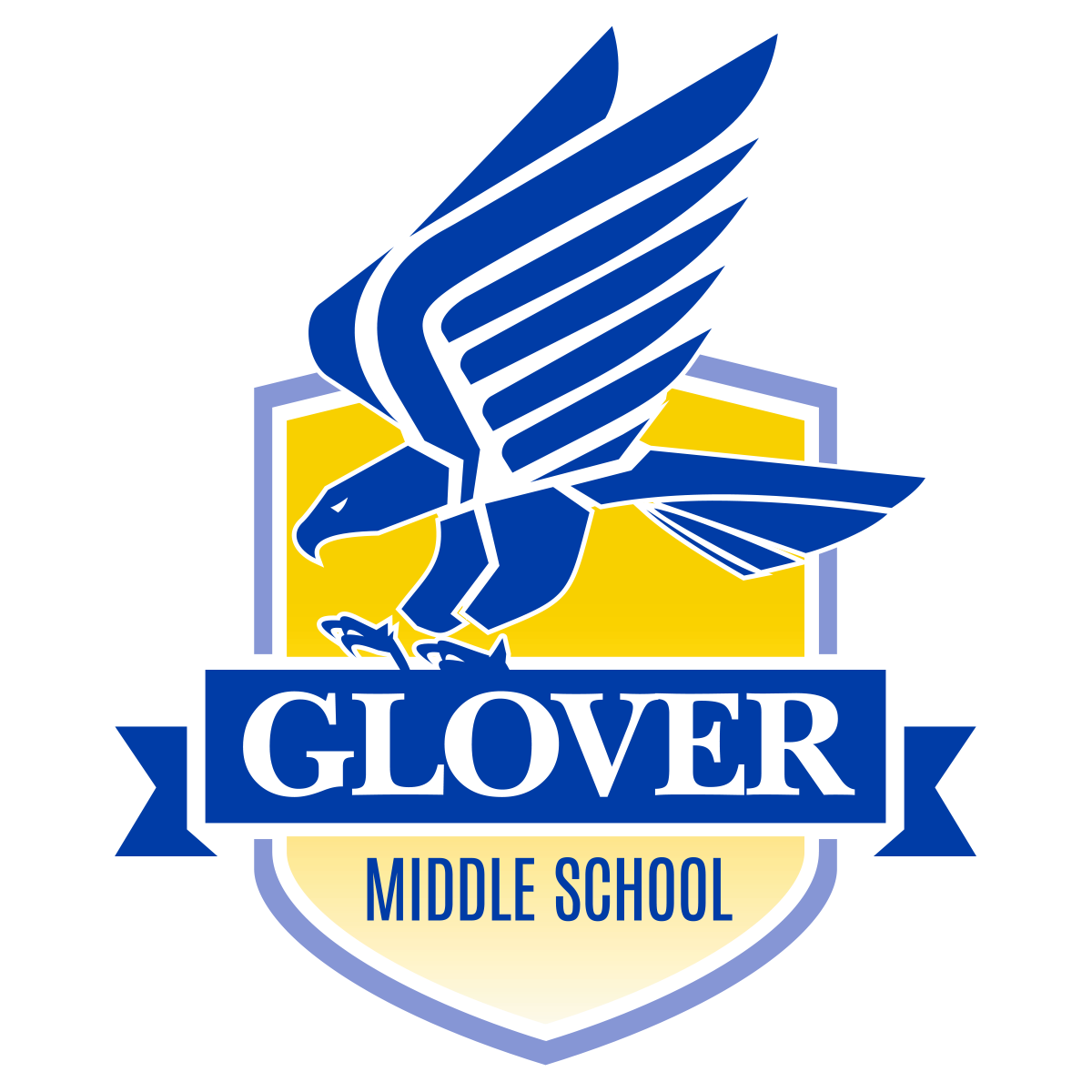Indigenous Peoples' Day celebrates, recognizes, and honors the traditions and cultures of the Indigenous people of the United States. The City of Spokane has recognized this day on the second Monday in October since 2016.
“The erasure and invisibility for Indigenous people has gone on for so long. We are still here, we still exist!” said Director of Native Education Tamika LaMere, a member of the Little Shell Tribe of Chippewa Indians. “It’s important to acknowledge the people of this land, and for our community to learn who we are today and about all the thriving distinct cultures of the Native American diaspora.”
Today, the student groups at Rogers, Spokane Garry, and Shaw participated in school assemblies to celebrate Indigenous Peoples’ Day organized with support of club leader and Native Education Student Support Specialist Marty Whelshula, a member of the Coeur d’Alene Tribe of Idaho and Colville Tribe descendant.
Student clubs across school levels have been established to provide opportunities for the approximately 1,000 Indigenous students across our district to connect with their heritage and share their traditions and experiences with peers.
This year, clubs at Glover Middle School and North Central High School were established, joining secondary student groups at Shaw, Spokane Garry, Rogers, Lewis and Clark, Shadle Park, and Ferris.

“Students have been asking for it, and so has our Parent Advisory group,” Tamika said. “Representation matters, and creating affinity spaces for students is important.”
For several years, elementary school clubs at Stevens, Willard, Grant, and Bemiss have provided the opportunity for students to participate in cultural activities like beadwork and other crafts while learning about Native American history.
Last week, the Grant Indigenous Club held its first meeting of the year with about 10 students gathering to make frybread. Native Education Student Support Specialist Kendra CrowShoe, who is an enrolled member of the of the Seneca-Cayuga Nation, showed students how to knead the dough into thick pancakes.

“Make sure to put a hole in the middle so the dough has room to expand,” she explained as students rolled and stretched the dough before cooking in a portable air fryer. Without the hole, the bread came out round like a tennis ball rather than a flat disk.
Frybread is considered a “nontraditional” Indigenous food in the United States.
“When Indigenous people were forced on to reservations by the U.S. government, they were given ingredients like flour, sugar and lard. And spoiled meat,” Tamika explained.
With these limited ingredients available, tribes who had been relocated to regions all over the United States universally created frybread.
“It was a survival food that we have in common due to colonialism,” she said.
Frybread is often served at cultural gatherings like pow wows, and Tamika says that some Indigenous people call frybread “comfort food” because it reminds them of home and family.

After making frybread together in their school, the Grant students ate pieces topped with strawberry jam and Kendra asked what they wanted the club to be about this year, along with time to be in community. Students wanted to spend time outside, learn to make berry soup, and work on crafts together.
Learn more about opportunities to recognize and honor the Indigenous heritage of SPS students, staff, and our community through SPS Native Education.
You may also want to save the date for Uplifting Native Voices: A Celebration of Indigenous Excellence on Tuesday, Nov. 5, 3-5 p.m., at North Central High School, which commemorates Native American Heritage month. There will be free food, performances, and community at the event organized by Native Education, North Central’s SHADES and Native Student Union and West Spokane Wellness Partnership.
Photos by Ryan Lancaster (Spokane Public Schools)

